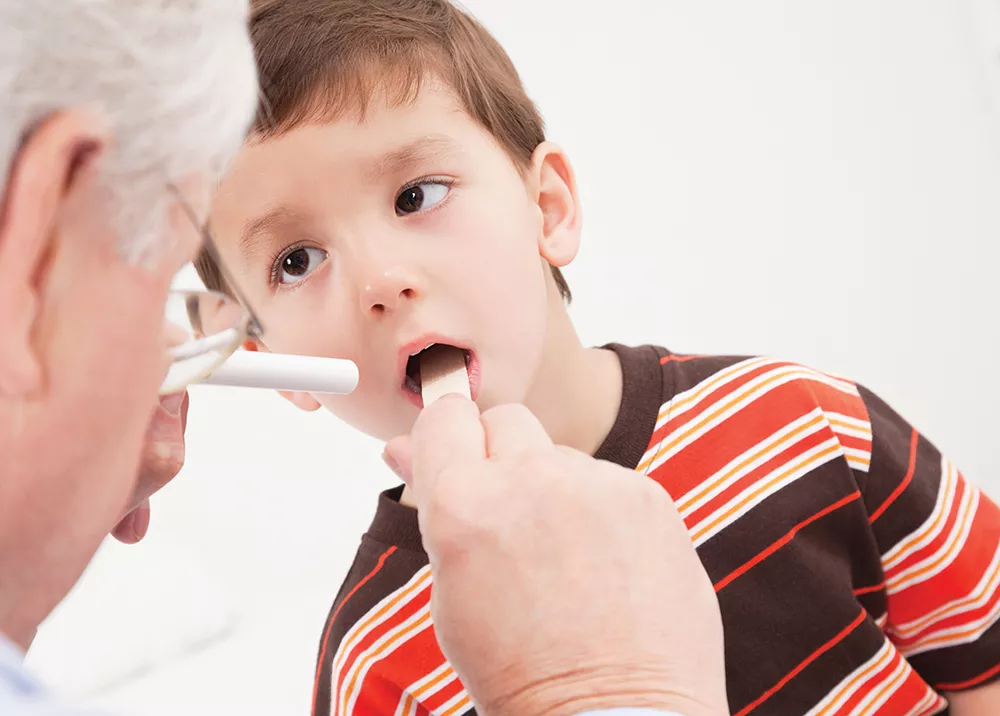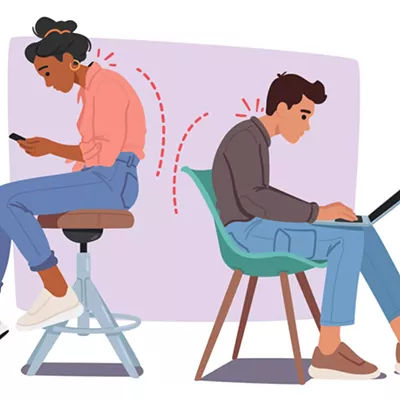Streptococcus is a name that describes many different round bacteria that cause human disease (I'll just call it "strep" from here on out). It's like calling a vehicle "truck" when there are dump trucks, fire trucks, taco trucks, etc. Moms are checked for Group B strep before delivering a baby; strep pneumonia is a type of bacteria that can cause sinusitis, ear infections, pneumonia, and some skin infections. The most notorious strep is the one that causes strep throat, Group A strep. In humans, Group A strep causes a number of mild to serious diseases, including skin infections, pharyngitis, kidney disease, heart disease and even shock.
Strep throat occurs when one infected individual passes the bacteria to another person's mucous membranes through respiratory droplets, which are coughed, sneezed, slobbered or smeared. Symptoms, including fever, aches, throat pain, headache and possibly stomachache, follow. Note that strep throat does not usually include a prominent runny nose or cough.
Fortunately, antibiotics are effective at treating strep and limiting its spread to others, and treatment might help one feel better about half a day sooner. The most important reason to treat strep is to prevent one of the serious complications that it can cause called acute rheumatic fever. ARF, which most commonly occurs in children between the ages of 3 and 15, continues to cause serious disease all over the world, affecting millions, mostly in developing regions without access to antibiotics.
Complications of ARF can include arthritis, skin infections, neurological disorders, and perhaps the most serious complication, rheumatic heart disease. Rheumatic heart disease following ARF used to be the number one cause of heart valve replacement in the U.S., but is now far less common, due to routine use of antibiotics to treat acute infections over the past 50 years.
Even experienced clinicians are not very good at predicting who does and does not have strep without testing. Some of the viruses that mimic strep do not play nicely with antibiotics and can lead to unpleasant rashes and other interactions. That's why most clinicians will only treat for strep throat when there has been a positive rapid throat swab or throat culture. Fortunately, delaying treatment a day or two while awaiting a test result should not increase the risk of ARF.
After about a day of antibiotic treatment, the infectious period is over. After two or three days of treatment, it is best to get a new toothbrush. So this Valentine's Day, if your sweetheart has a sore throat, you may want to skip the kiss and stick with the box of chocolates.

















